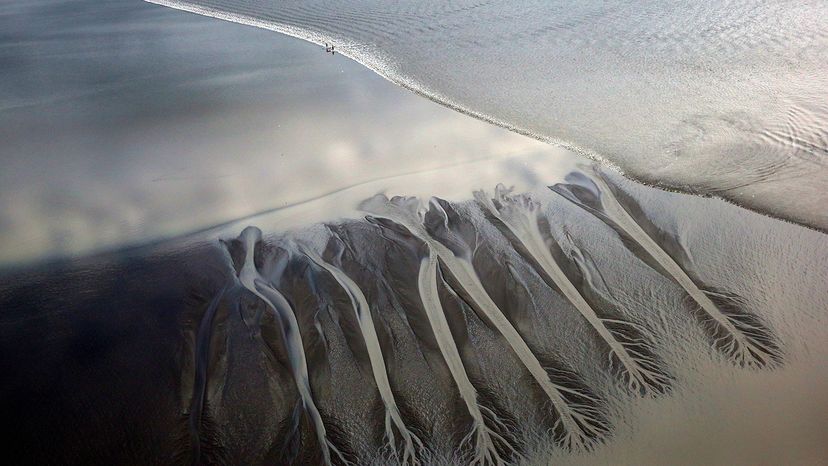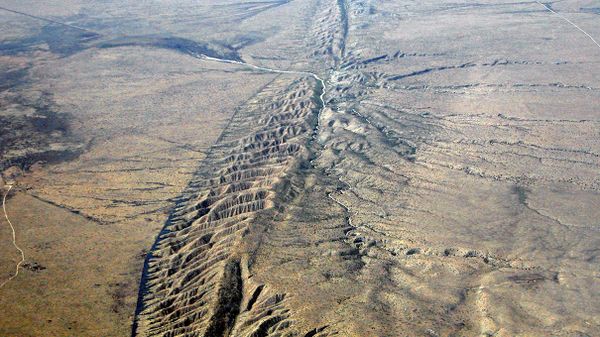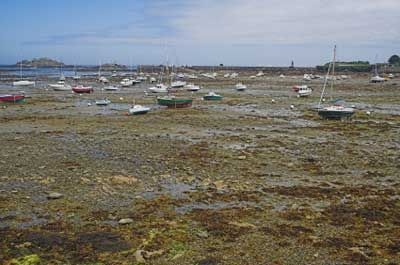
Spanning 33,904 miles (54,563 kilometers), the Alaskan coast is as dramatic as it is vast. The 49th U.S. state owes its very name to this sweeping ocean border. "Alaska" is an English language corruption of an Aleut term that — according to one translation — means "the shore where the sea breaks its back." If you drive out to a place called Turnagain Arm in the Gulf of Alaska at just the right time, you'll get to watch some aquatic action that's pretty spectacular.
A northern branch of the Cook Inlet, the Turnagain Arm waterway cuts into the greater Anchorage area. Here the water normally flows out into the inlet, but shortly after low tide, waves move in the opposite direction and travel upstream. These can be epic in scale; the biggest waves are 6 to 10 feet (1.8 to 3 meters) tall. Riding them has become a rite of passage for many surfers in the Pacific Northwest.
Advertisement
Turnagain's back-tracking waves are a well-known example of bore tides, also known as "tidal bores" or just "bores." While this phenomenon has been seen at numerous locales around the world, it requires a very specific set of conditions. But before we dive into those, it might be a good idea to go over some basic tidal science.

